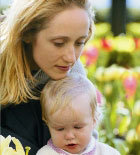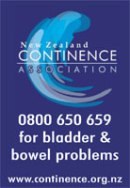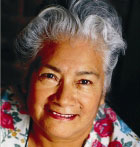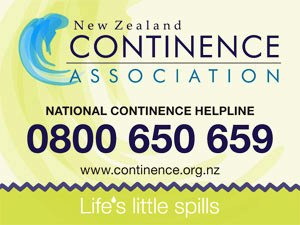 Urinary incontinence is not a disease but a symptom of an underlying problem, sometimes the cause of which is unknown. Over recent years, further research has been done in this area and a wider range of treatment therapies is now available, either through the public system or privately run clinics.
Urinary incontinence is not a disease but a symptom of an underlying problem, sometimes the cause of which is unknown. Over recent years, further research has been done in this area and a wider range of treatment therapies is now available, either through the public system or privately run clinics.
More than 600,000 New Zealand adults have experienced the problem at some time and need referral to a continence professional.
Did you know?

- Urinary incontinence is more common in women than men, with a ratio of 4:1.
- 40,000 women experience some degree of bladder leakage on a daily basis.
- 1 in 3 women who have had a baby will wet themselves.
- Only one third seek professional help. Most think nothing can be done.
- 70-80% can become dry again or significantly improved.
- Bladder problems can seriously limit people’s social life. Some won’t go out for fear of an embarrassing episode.
The most common type of incontinence is called Stress incontinence, experienced by women following childbirth. It is characterised by small amounts of urine leakage, usually always associated with physical exercise or laughing, coughing, or sneezing. In later life, with a decrease in female hormone production, the problem can occur again, or for the first time. In these cases, the muscles of the pelvic floor are weakened and treatment revolves around special exercises to strengthen the muscle tone.

Another type of incontinence is over-active bladder, so named because of the strong desire to urinate which can occur many times a day, leading to frequency. Treatment for this type of incontinence is based on a programme of bladder retraining using biofeedback techniques and may include dietary modification and/or medication. You may have urgency and frequency without leakage, but it is still considered a bladder disorder.
Overflow incontinence is more commonly experienced by men and is usually caused by enlargement of the prostate gland with resulting obstruction. Treatment in many cases requires surgery.
A person suffering from incontinence may have more than one type, so-called mixed incontinence, and so it should never be assumed that by treating one the person will necessarily be cured.

There are continence advisers throughout New Zealand. You can access help through the NZ Continence Association Help line 0800 650 659. They will post you free information and refer you to local continence services. These health professionals have special expertise in managing bladder and bowel control problem. They will carry out a full assessment of the problem and ensure an appropriate programme of treatment is completed.
70% of people will become much improved or dry – the remainder can be given advice on a product to help them manage their bladder control problem and improve their quality of life.

Continence advisors prefer conservative treatment options that include pelvic floor exercise and bladder retraining. Surgery should only be considered after all conservative treatments have been exhausted.
For more information on Incontinence products, please click here.
For free, confidential help and information phone
0800 650 659 or visit their website: www.continence.org.nz










- 12 years ago
I am very happy to read your articles it’s very useful for me,
and I am completely satisfied with your website.
All comments and articles are very useful and very good.
Your blog is very attention-grabbing. I am loving all of the in.
turn you are sharing with each one!….